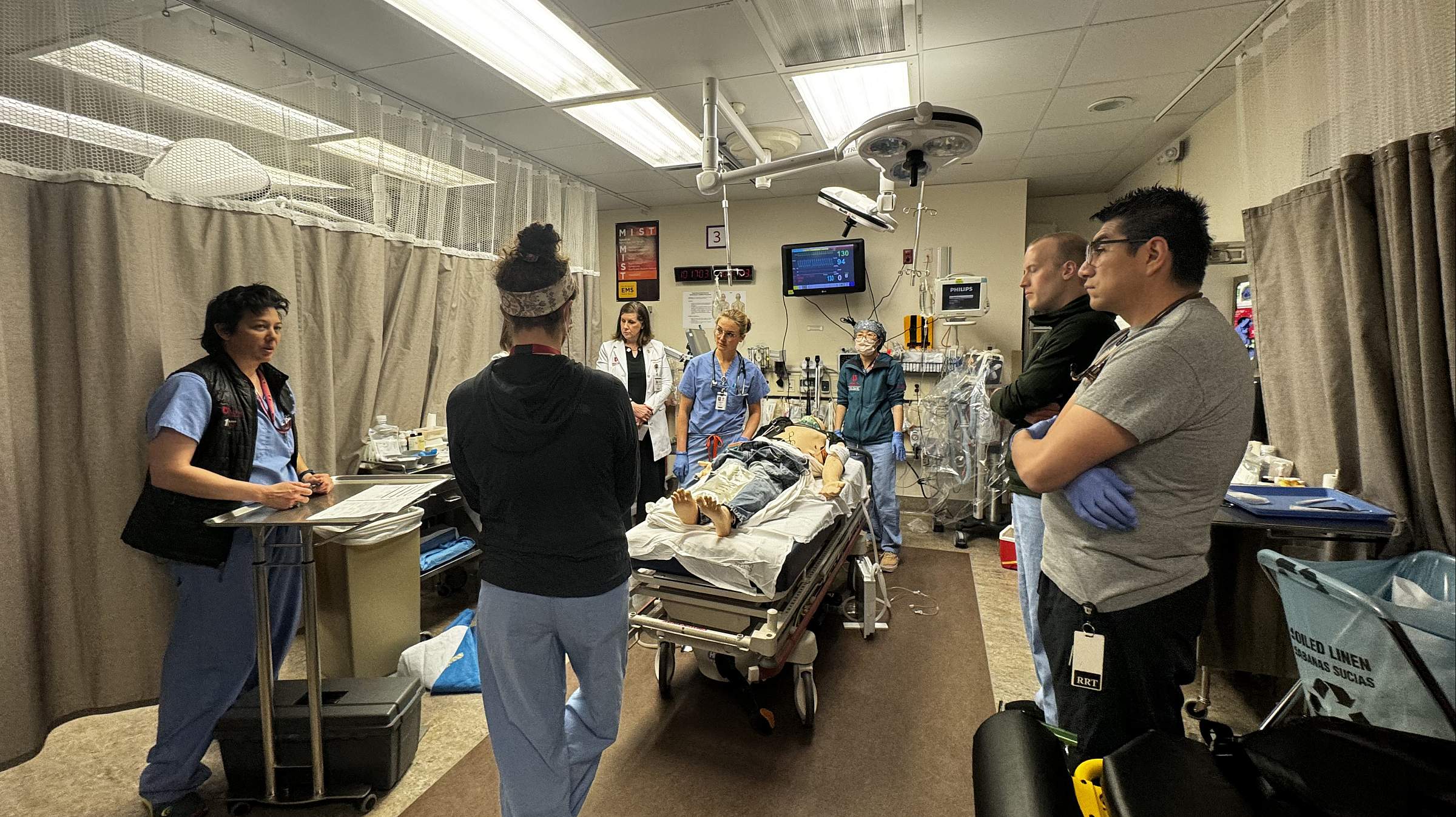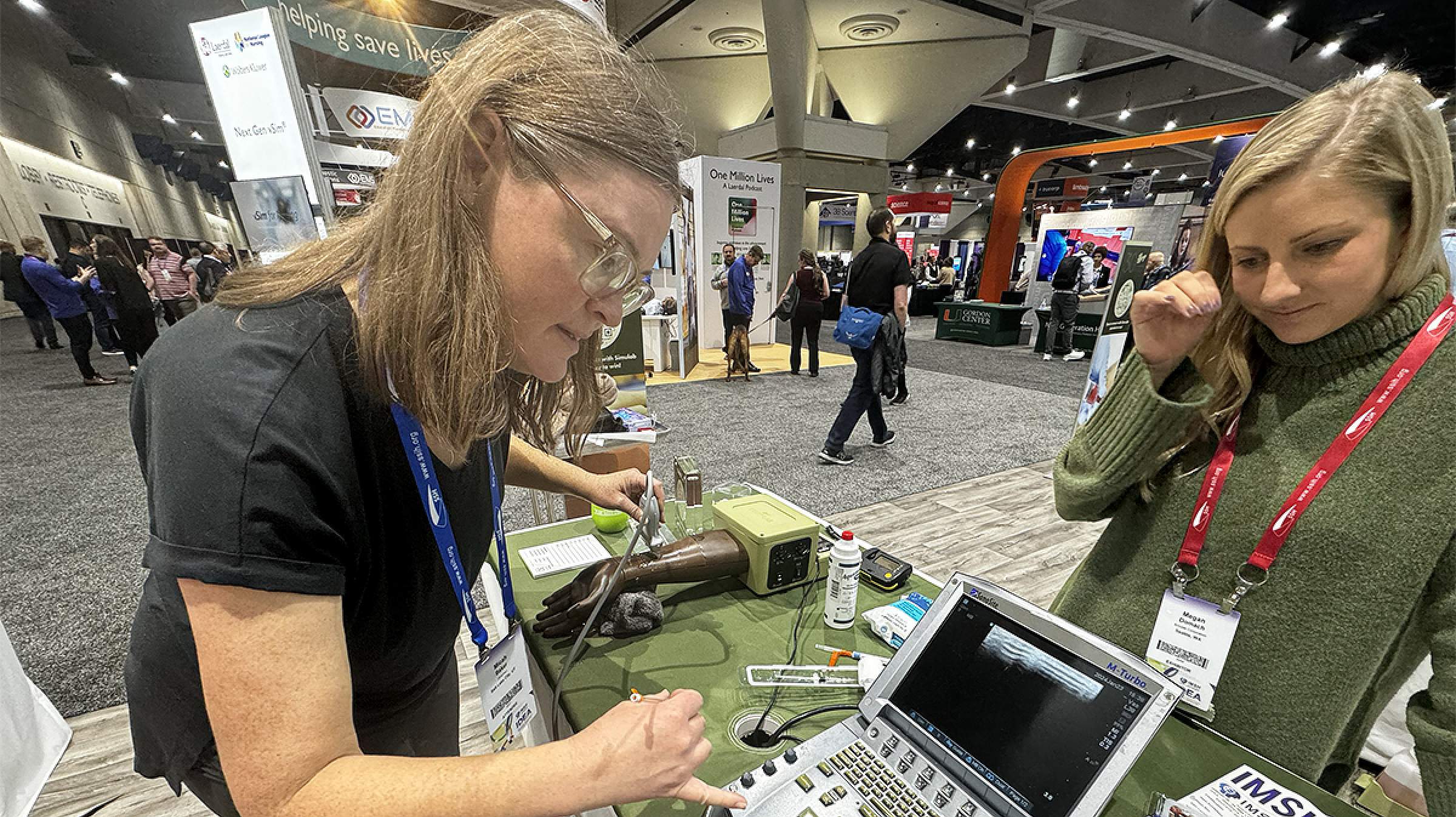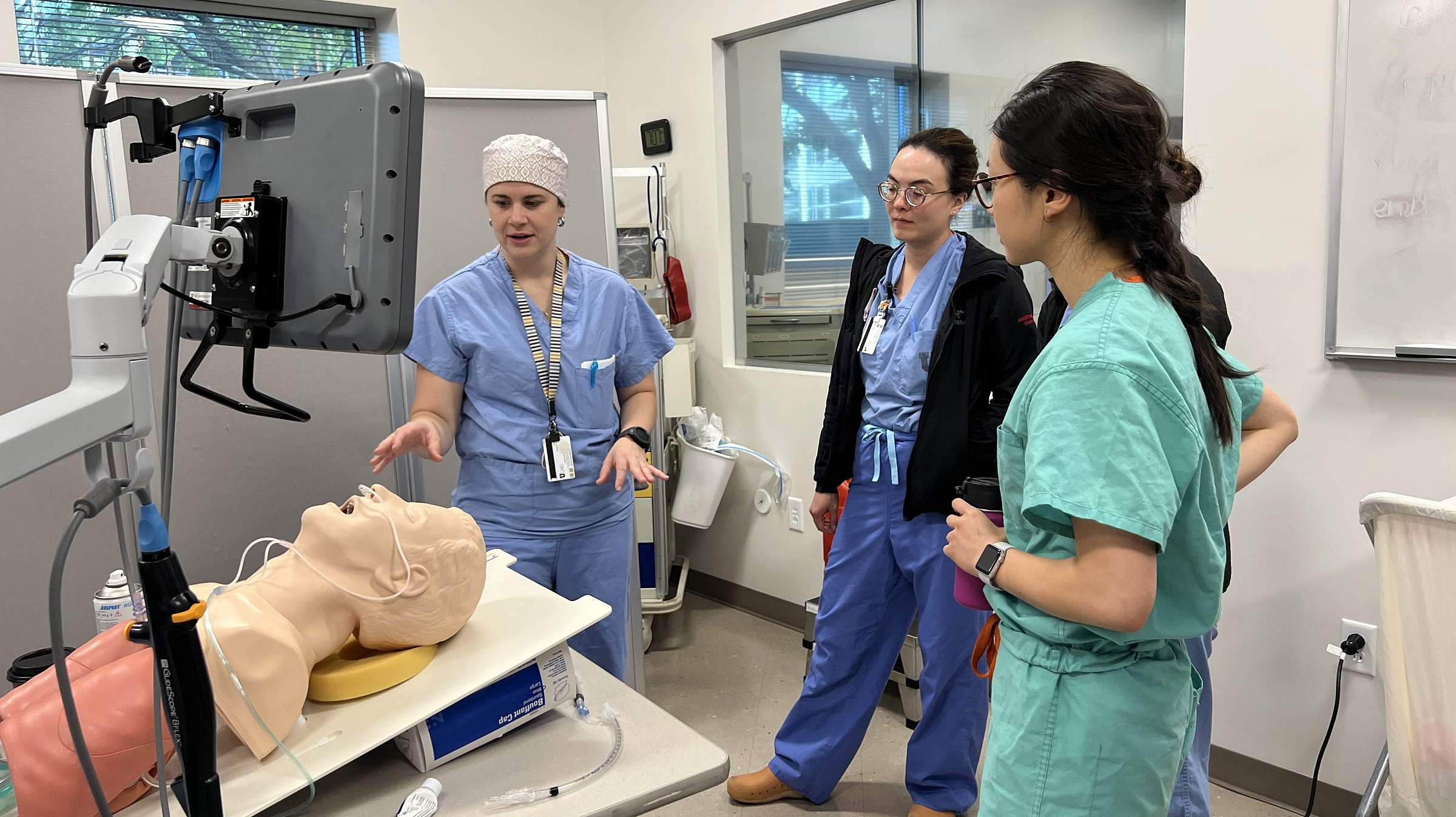Additional Offerings
Discover additional services offered by the Center for Patient Simulation at the University of Utah. From formative and summative evaluations to in-situ simulations, conference workshops, space rentals and more, we provide tailored solutions to meet your educational and professional needs. Whether you're hosting a training event, conducting assessments, or enhancing team performance, our state-of-the-art facility and expert support are here to help you succeed.
Device Development & Validation
Accelerate your product’s journey from concept to market with our tailored testing solutions. Our interdisciplinary team—including biomedical engineers, clinical recruiters, and human factors experts—facilitates usability studies, regulatory compliance testing, and real-world clinical evaluations. With over 20 years of experience and partnerships with leading device manufacturers, we help validate patient monitors, ventilators, infusion pumps, and other critical healthcare technologies.


Human Factors Studies
Ensure your technology is intuitive, effective, and safe for real-world use. Our human factors engineers work closely with medical clinicians to assess user interactions, optimize device interfaces, and conduct voice-of-customer studies. Our state-of-the-art simulation center can replicate clinical environments, and our extensive clinician network allows for targeted recruitment of study participants.
Education
In-Situ Simulations
Our high-fidelity simulations can be conducted directly in healthcare settings, providing realistic, hands-on training in the actual clinical environment. We work with your team to schedule sessions at a convenient time, ensuring seamless integration into your facility’s workflow.
Conference Workshops & Seminars
We provide interactive, hands-on training workshops tailored to your conference audience. Our sessions are customizable to meet the needs of your learners and are reviewed by experienced medical providers and subject matter experts to ensure high-quality education.
Space Rentals
Host your training sessions in our state-of-the-art simulation center. With flexible, tiered pricing, you can rent only the space and equipment that best suits your needs.
Get in Touch
Interested in partnering with the Center for Patient Simulation for device development, usability testing, or human factors research? Our team is here to help. Whether you're in the early stages of innovation or preparing for regulatory approval, we provide tailored solutions to meet your needs.




